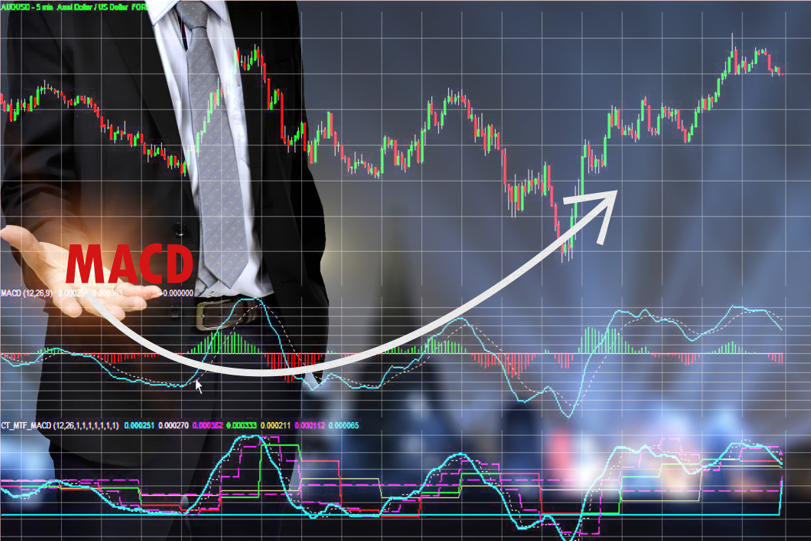A better understanding of trading MACD divergences

This trading strategy is quite unusual. If I ever came across a sheer description of it, I would honestly doubt that it could bring any profit. However, one trader publicly trades MACD divergences just the way I will describe it - and makes substantial profits. Hence, this approach is worth paying attention to. It suits the following currency pairs or their futures: EUR/USD, GBP/USD, AUD/USD, NZD/USD, USD/CHF, USD/JPY, USD/CAD. The timeframe is H1 or higher.
A signal to buy by the MACD divergence
For a signal to buy to appear, the following conditions must be met:
- The price chart must demonstrate two bottoms, the second one of them being at least 20 points (200 pips in 5-digit trading) lower than the first one;
- The MACD must show a divergence looking as two bottoms with the second one being higher than the first one;
- The second MACD bottom must give signs of the divergence coming to an end by the low of the next one or two bar(s) on the indicator being higher than the lowest bar of those forming the second bottom.
An example of a signal to buy by the MACD divergence:

A signal to sell by the trading strategy
For a signal to sell to appear, the following conditions must be fulfilled:
- The price chart must demonstrate two tops, the second one of them being at least 20 points (200 pips in 5-digit trading) higher than the first one;
- The indicator must demonstrate two tops, the second one of which being lower than the first one - this will make a MACD divergence;
- In the second high of the MACD one or two bars must become lower than the previous one.
An example of a signal to sell by the MACD divergence:

Stop Loss and Take Profit in trading the MACD divergence
Place a Stop Loss exactly 50 points (500 pips) away from the entry point. Though the entry conditions will have normally be fulfilled by the moment a local extreme appears on the chart, so you could hide the SL behind it, stick to the 50-points rule. As in the examples of buying and selling signals, the price quite often tries to go on against the signal direction, hence, the SL must be wider than it would be behind the local high/low.
This strategy does not presume transferring the position to the breakeven or following the position. Hence, this strategy will hardly suit those traders who are used to grasping at every opportunity to decrease risks and protect their profit.
Placing a Take Profit is neither required. This is the peculiarity of the trading system: apart from the SL being triggered, trades are closed manually, only by the following condition - after the divergence forms, the indicators must "discharge", reaching or crossing the zero level. As soon as it discharges, close the position regardless of its result.
Money management in Forex
This trading strategy will work equally well with risking the same percent of the deposit in each trade - or with trading a fixed lot as long as each position must have the same tick risk. Whichever risk-management option you choose, I strongly recommend against having more than one active position in the market or risk more than 1-2% of the deposit at a time.
An example of trading by the MACD divergence:

Regardless of the rules being scarce, this strategy is rather formalized. As long as the risk-to-profit ratio is seldom higher than 1 to 2, pay special attention to the quality of market entries. Hence, before relying too much on the strategy, take your time to get used to it.
By Dmitriy Gurkovskiy, Chief Analyst at RoboForex




